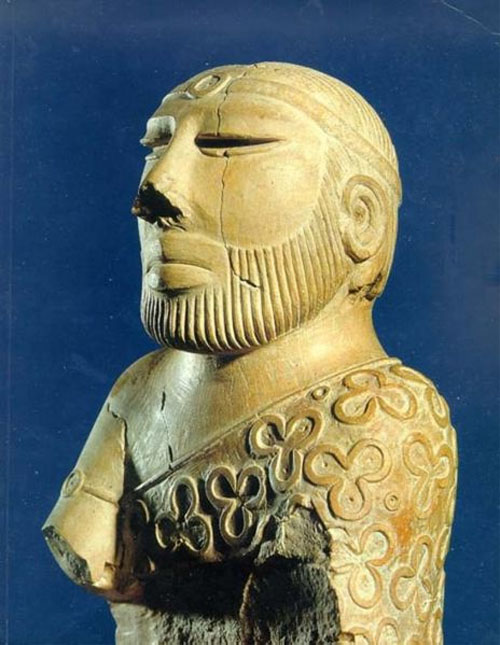Animation case study: Indus Valley figurines
Primary History case study

Indus Valley animation case study
Please note: this article pre-dates the 2014 National Curriculum.
Since the advent of animation software for schools, I wanted to trial an animation project, inspired by the quirky human and animal figurines, model wheeled carts and toys, all of terracotta, from the Bronze Age Indus Valley civilisation which clamour for clay / plasticine animation.
A rich source of historical evidence, they give a glimpse of everyday life, human beliefs and emotion from a long lost civilisation known only through non-perishable artefacts and architecture.
This Indus Valley civilisation flourished in the Indian sub-continent c. 2600-1900 BC. It declined and vanished from history, leaving some huge buried mounds including the cities of Mohenjodaro and Harappa, and hundreds of other sites. Since the first excavators in the 1920's, archaeologists have had different theories about the causes of its decline. The topic invites pupil enquiry and understanding that there can be (very) different interpretations of the evidence. You can download a full set of information, resources and briefing materials for an Indus Valley civilisation project...
This resource is FREE for Primary HA Members.
Non HA Members can get instant access for £2.75

